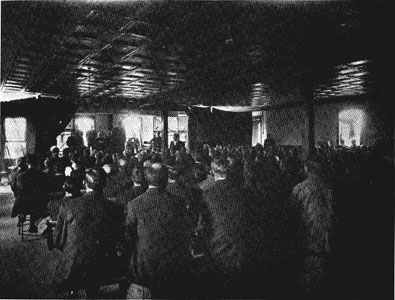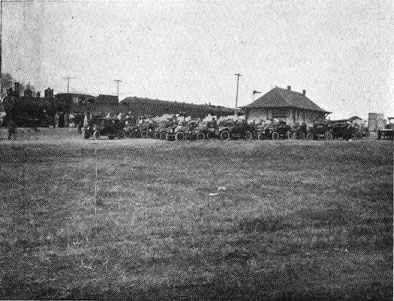NEBRASKA IN
PARAGRAPHS
Extreme length, 415
miles.
Area in square miles,
77,520.
Extreme breadth, 205
miles.
Admitted to the Union,
March 1, 1867.
The mean temperature of
Nebraska is 56.
Nebraska has 871
buttermaking machines.
There were 151,176 farms in
Nebraska in 1916.
The per capita wealth of
Nebraska is $2,903.90.
Estimated population
January 1, 1917, 1,277,751.
The Negro population of
Nebraska is less than 7,000.
More than 350,000 Nebraska
acres are under irrigation.
The only silica mines in
the United States are in Nebraska.
There are 1,036 irrigation
and power enterprises in Nebraska.
Improvements on lands in
1916 were valued at $678,323,394.
There are 62,000 hand and
power cream separators in Nebraska.
Nebraska produces 100 per
cent of the silica mined in the United States.
The largest smelter of fine
ores in the United States is located in Nebraska.
Six states have no bonded
indebtedness, and Nebraska is one of the six
Nebraska produces more beef
and pork per capita than any other state.
The 1917 assessment showed
Nebraska's total wealth to be $3,710,452,768.
The value of Nebraska
property has doubled during the last twelve years.
Nebraska has enough
irrigable land to provide 25,000 farms of 40 acres
each.
The Nebraska death rate is
2.2 less than the average death rate of all the
states.
Nebraska produces 65 per
cent of all the potash produced in the United States.
Omaha is the third largest
live stock market and packing center of the world.
Nebraska became a
prohibition state on May 1, 1917, by constitutional
enactment.
The silo is rapidly making
central Nebraska the greatest dairying section of the
country.
The altitude of Nebraska
varies from 1,100 feet on the east to 4,400 feet on the
west.
Nebraska's 1916 corn crop
was worth double the 1916 tobacco crop of the United
States.

![]()
![]()

![]()



